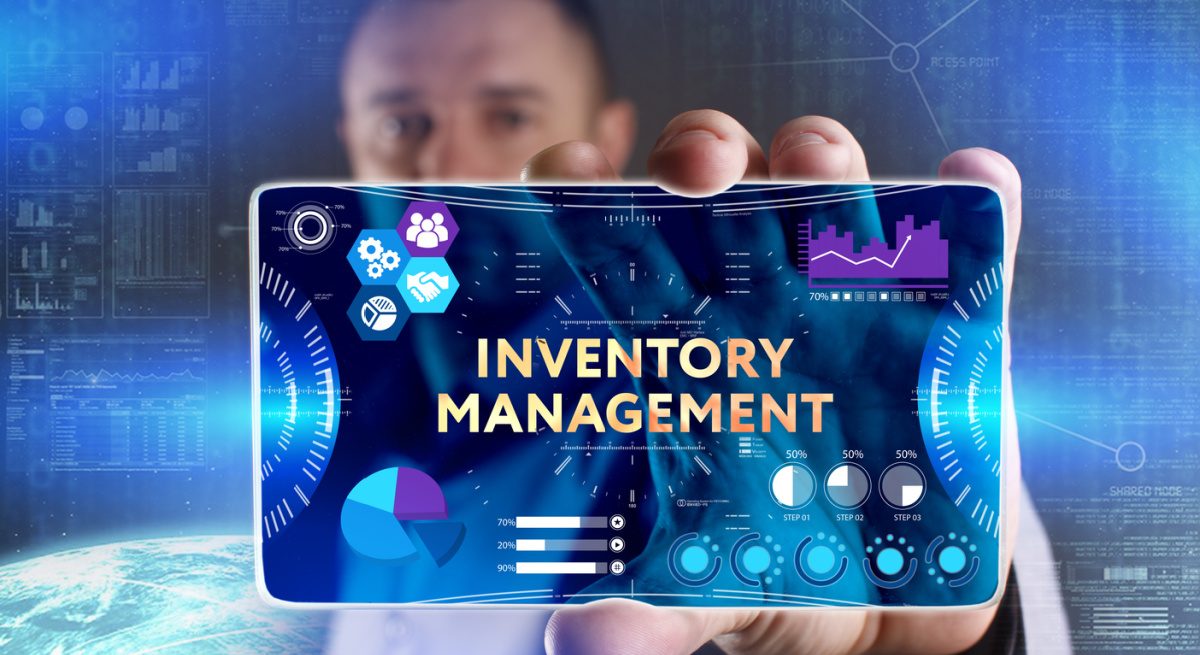How To Improve Your Restaurant Inventory Management Strategy
3 Min Read By Mariana Vieth
Controlling a restaurant kitchen’s inventory is a key to proper restaurant management and can help avoid wasting food and space. When it comes to your livelihood, any gaps in inventory are more than mere annoyances — they could be hurting your ability to make a profit. Food waste and inefficiency are two of the biggest obstacles that could be keeping you from succeeding, and how you manage your inventory plays a critical role in avoiding them.
Read on to learn some tips on how you can improve your inventory management process.
Why Inventory Management Matters
No matter what type of business you’re in, inventory management is critical. Proper management of your materials means risk of spoilage or waste is significantly reduced. For example, certain products that sell more slowly can be replenished on a less-frequent basis, preventing you from over-spending. It also helps your business maintain better relationships with your suppliers and vendors. Customer service also can be impacted by this practice because it can help ensure that certain popular items are never out of stock.
Concentrate on Organization
Many times, food is wasted simply because your staff doesn’t know where to find it until it’s past its prime. Making sure your storage areas are properly organized is one of the best ways to prevent this waste.
Your organization strategy should include labeling every item in your pantry, as well as designating specific areas for different categories of items. When you make sure there is a place for everything and that everything is in its place, there’s a lower chance that a food item will be forgotten and left to spoil.
Adopt a 'First In, First Out' Approach
Preventing spoilage also means being aware of expiration dates for every ingredient in your storeroom or freezer. Think of it this way: Whichever items arrive earliest should be the first ones used.
However, given the sheer volume of shipments you receive on a daily basis, keeping track of expiration dates can become confusing in a hurry. This is why it is important to train your staff about proper unloading techniques, including placing newer shipments behind or below older ones.
Focus on Training
No matter what initiative you’re trying to institute, it won’t make a difference unless your team understands and executes it. One of the pillars of your inventory management should be training everyone on your staff to follow the protocols.
If, for example, your managers don’t provide complete stock reports at the end of their shifts, they leave a confusing mess for the next shift to untangle. This slows your processes and opens the door to costly mistakes. Proper training and reinforcement of your procedures can help keep these and other embarrassing oversights from becoming standard operating procedure.
Plan for Emergencies
The desire for greater efficiency pushes many restaurants to carry only as much stock as they need for a given moment. Although this certainly makes for a highly efficient use of available space, it doesn’t account for any disruptions in the supply chain.
Despite the advancements in logistics technology and practices, missed shipments still happen from time to time for a variety of reasons. This is why having a little more stock than you need at a given time could be a good idea. Strategic overstocking can help you avoid any embarrassments when customers ask for an item and you don’t have what you need to prepare it.
When it comes to cooking and running a restaurant, preparation is the key to success. Properly managing your stockroom and cooler can help ensure that your back-of-house operations run as smoothly as possible. Follow these words of advice, and you can serve your guests without worrying about your stock levels.


